The Indian geoglyphs in maharashtra pointing to a lost civilization
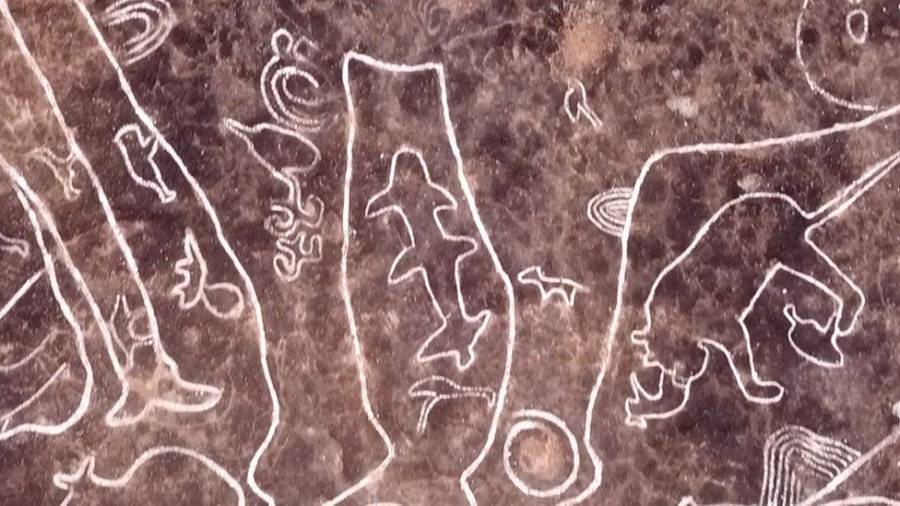
The discovery of ancient petroglyphs in the state of Maharashtra, India, led by Sudhir Risbood and Manoj Marathe, uncovered the enigma of a lost civilization that puzzles both historians and archaeologists.
“Our first deduction is that they were created around 10,000 BC,” Tejas Garge, the director of the Maharashtra archaeology department, told the BBC, making them among some of the oldest petroglyphs in the world.
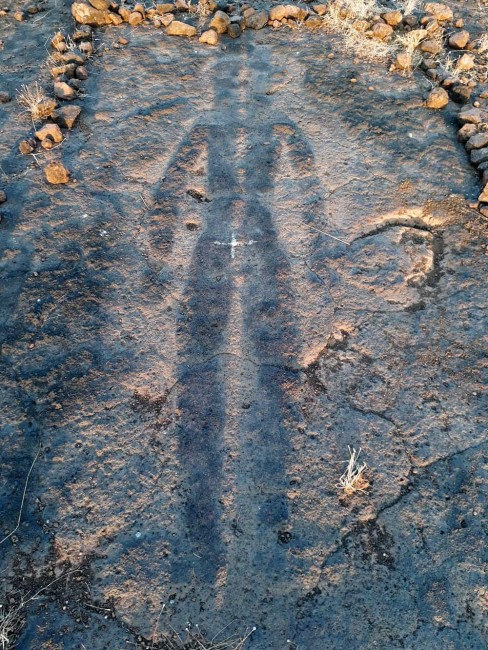
But the lost civilization and the inexplicable purpose of these petroglyphs aren’t the most fascinating part of the story.
What’s even more baffling is the subject of some of the designs, as some depict African animals.
How did they know what a rhino or a hippo looked like is what the researchers are trying to explain, since these species are not currently native to India, but could have been in remote times.
Some of the scholars hypothesized that the people who created the petroglyphs had recently migrated from Africa to India.
What is the most enigmatic aspect, however, are the almost identical depictions of recurring themes in ancient, even distant civilizations, like the spiral “labyrinth”.
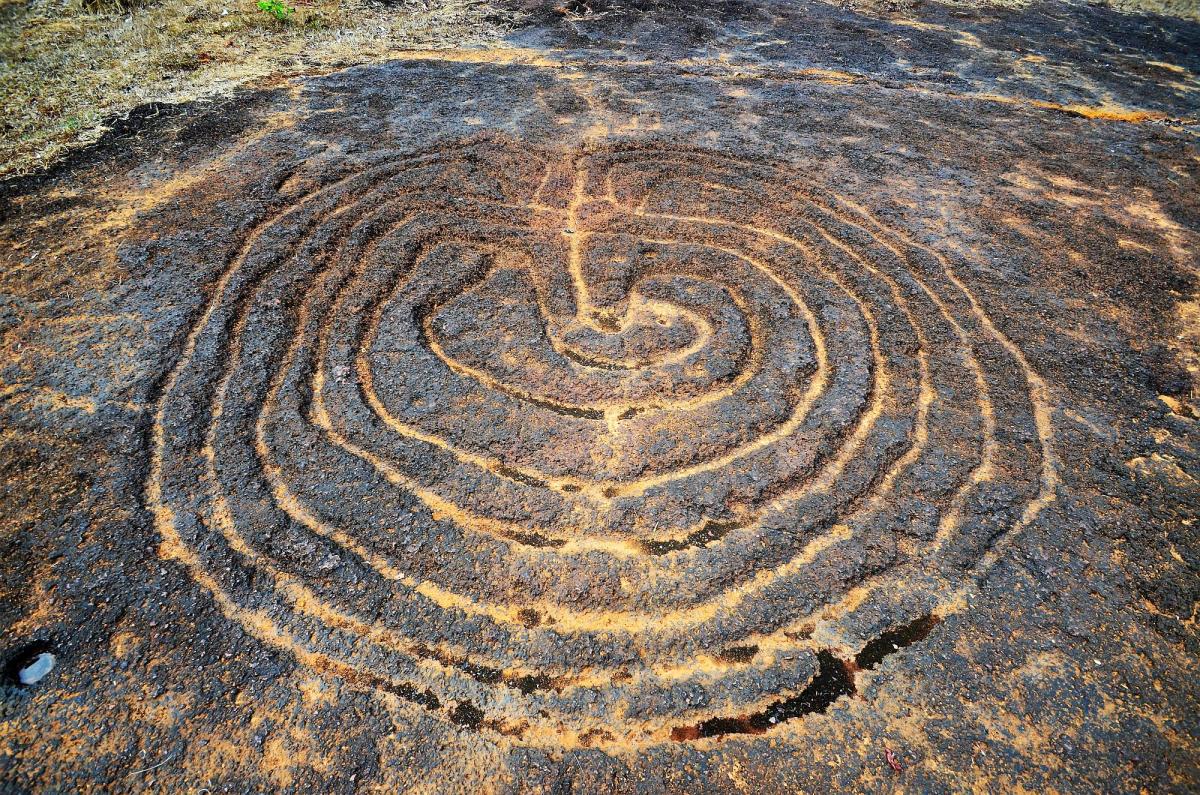
For instance, the representation of a winged scarab, in the identical fashion of the Egyptian sacred scarab symbol, is what really baffled archaeologists.
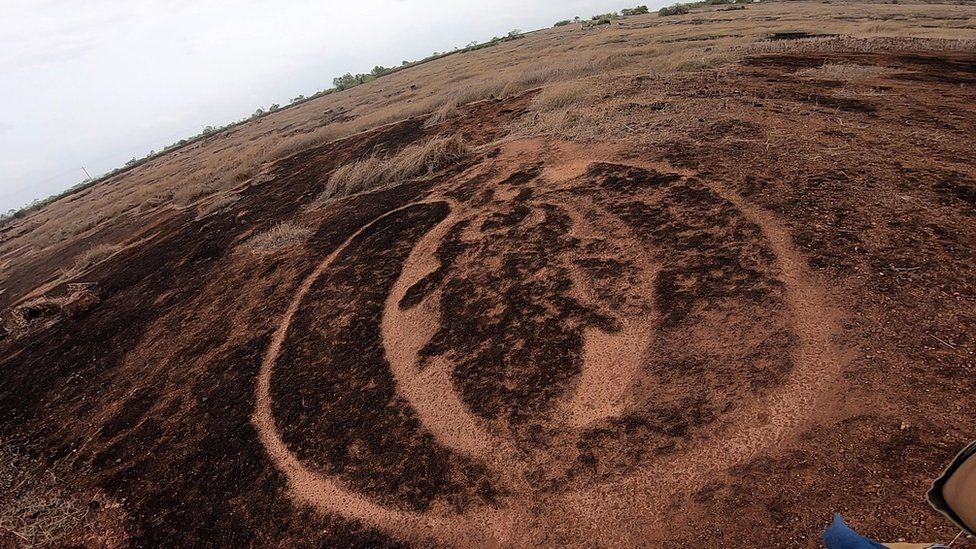
To add to the enigma, other figures include similarities with how the “creator God” was pictured by other cultures, with common elements between the Hindu one and Viracocha, Zeus, and Baal often portrayed holding two staffs.
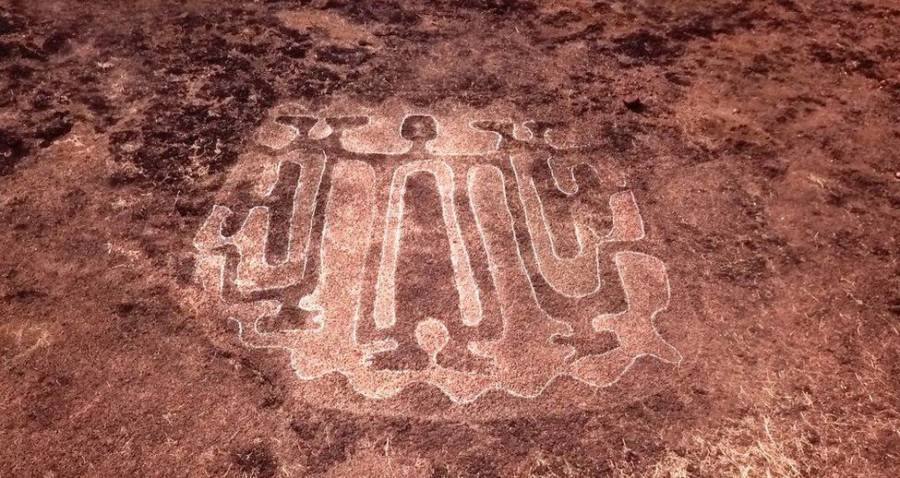
Another engraving has evident analogies with “the master of Animals” as depicted throughout ancient Mesopotamia by Babylonians and Sumerians.
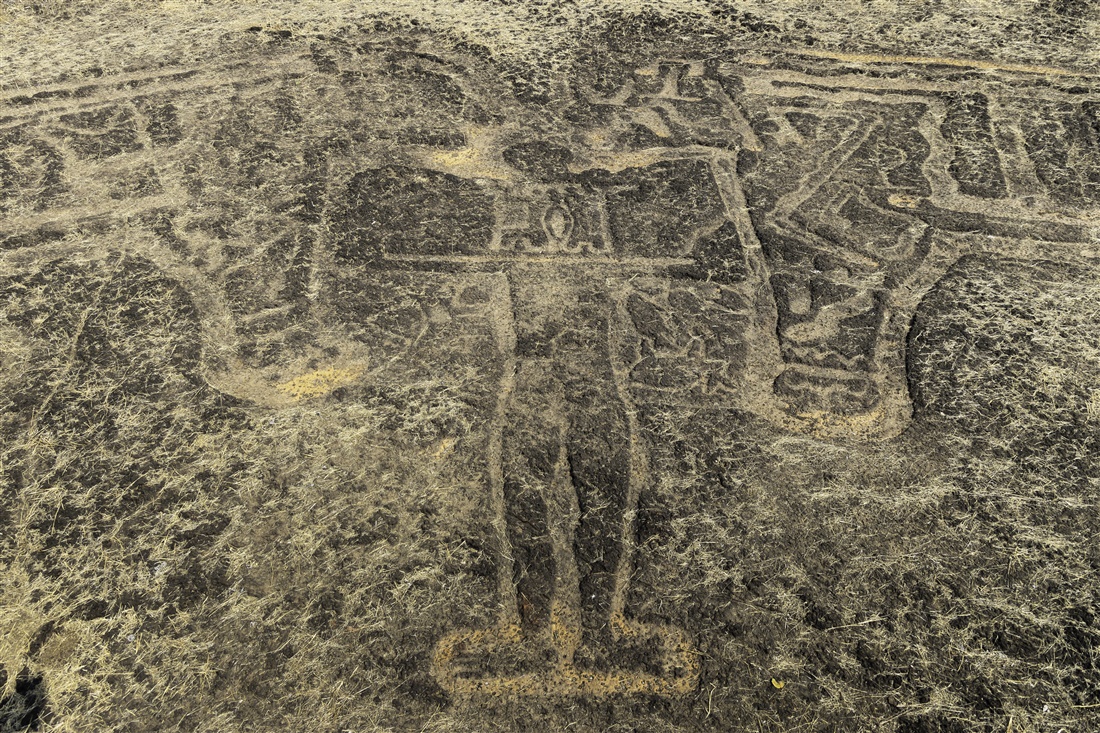
Last but not least, what seems to be an accurate depiction of the astrological symbol of the Pisces constellation led researchers to believe that the ultimate evidence may come from the finding of other petroglyphs representing the other constellations.
Researchers maintaining that “the presence of curvilinear lines on the rocks suggests advanced thinking”, and the origin of recurring symbols in distant, different ancient cultures being further retro-dated to 12.000 years ago, is what really makes you wonder where and when they were originally created.
